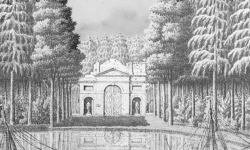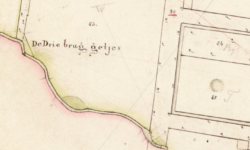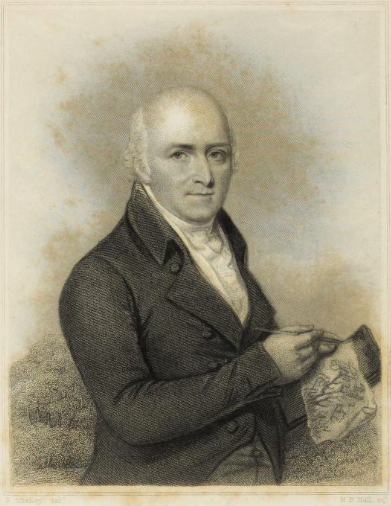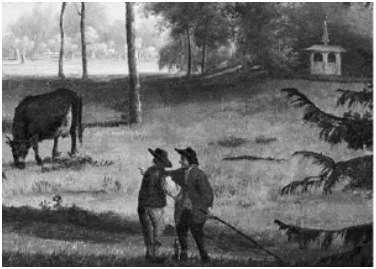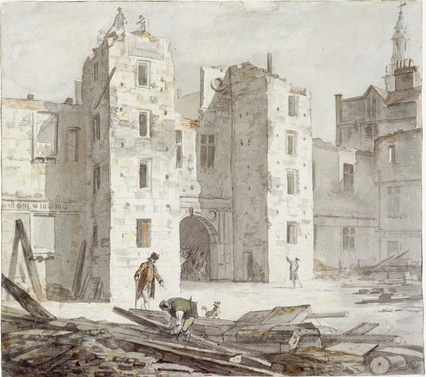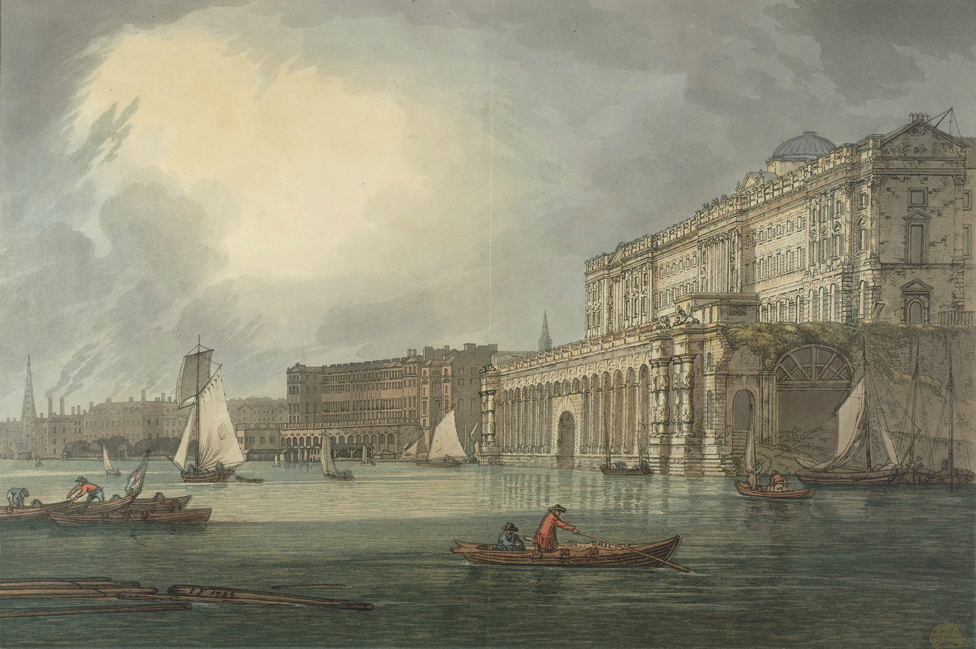Een buurman als influencer?
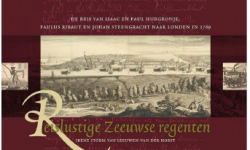
The publication of a richly illustrated travel journal, a trip through Southern England and to London undertaken by four Dutchmen in 1769, leads to new ideas about a garden in the Netherlands. Paul Hurgronje, one of the 1769 travellers, went on to buy an estate in Heemstede in 1775 (Spruytenbosch). I have written extensively about the garden layout of Westerhout, bordering to the north of Spruytenbosch, in these years. And I am now left wondering whether Hurgronje’s direct knowledge of English gardens and parks may have influenced the landscape style layout of Westerhout, his direct neighbours?
The publication of a richly illustrated travel journal, a trip through Southern England and to London undertaken by four Dutchmen in 1769, leads to new ideas about a garden in the Netherlands. Paul Hurgronje, one of the 1769 travellers, went on to buy an estate in Heemstede in 1775 (Spruytenbosch). I have written extensively about the garden layout of Westerhout, bordering to the north of Spruytenbosch, in these years. And I am now left wondering whether Hurgronje’s direct knowledge of English gardens and parks may have influenced the landscape style layout of Westerhout, his direct neighbours?

